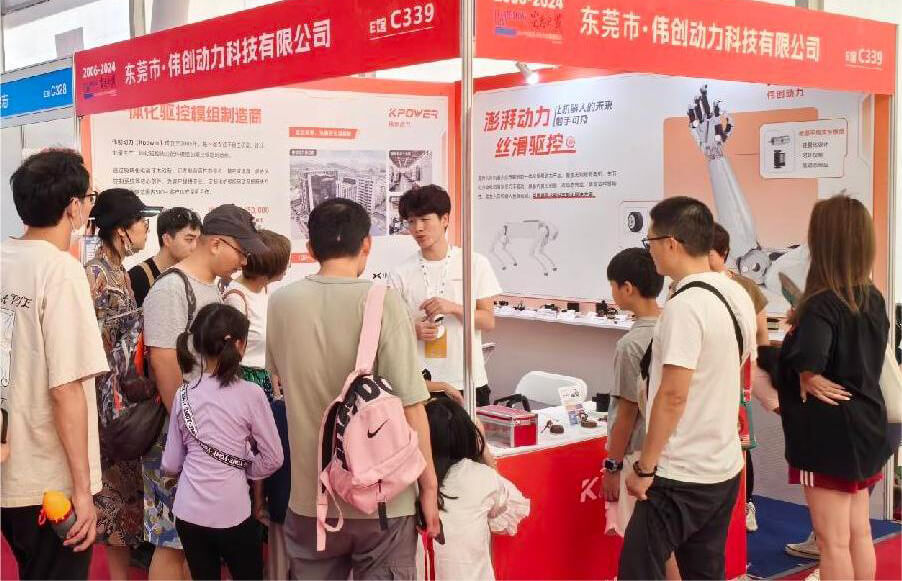Unlocking the Potential of Servo Motors with Arduino Nano: The Beginner’s Journey into Precision Control

In the world of electronics and robotics, few components are as versatile and essential as servo motors. They are the magic wands behind robotic arms, pan-and-tilt cameras, remote-controlled vehicles, and countless other automated devices. When paired with a compact and powerful microcontroller like the Arduino Nano, servo motors open up a universe of possibilities for hobbyists, students, and engineers alike.
Why Choose a Servo Motor?
Before diving into the nitty-gritty, it’s worthwhile to understand what makes servo motors special. Unlike simple DC motors that spin freely, servo motors are designed to provide precise control over angular or linear position, velocity, and acceleration. This makes them ideal for tasks that require accuracy—think robotic limbs that need to move exactly where you want, or camera gimbals that keep a shot steady regardless of movement.
Servo motors are generally built with a small DC motor, a gear train, a potentiometer for position feedback, and a control circuit. When you send a command, the servo’s circuitry adjusts the motor’s position to match that command, using the feedback to stay accurate.
Features at a Glance:
Precise control: Typically capable of rotating between 0 and 180 degrees, though some can go further. Low cost and easy to use: Widely available for hobbyists; simple to integrate. Compact: Small form-factor makes them suitable for tight spaces. High torque in small packages: Effective for lightweight applications.
The Arduino Nano: A Compact Powerhouse
Enter the Arduino Nano—a tiny but mighty microcontroller board based on the ATmega328P chip. Its small size (about 1.8 inches long) makes it a favorite for space-constrained projects, while still offering enough GPIO pins, PWM outputs, and analog inputs to control multiple devices simultaneously.
Its simplicity and affordability make it a perfect pairing with servo motors for beginners starting in robotics. The Nano’s straightforward programming environment means you can have your project up and running with minimal fuss.
Getting Started: Essential Components
Arduino Nano: The core controller. Servo Motor: The actuator for movement. Power Supply: Usually 5V; can be USB or external power adapters. Connecting Wires: Jumper wires for easy connections. Breadboard: For prototyping.
Wiring Your Servo Motor to Arduino Nano
The most common servo motors have three wires:
Power (Red): Connects to 5V power source. Ground (Black or Brown): Connects to GND. Signal (White, Yellow, or Orange): Connects to a PWM-capable pin on the Nano.
A typical connection setup would be:
Connect the servo's power wire to the 5V pin on Arduino Nano. Connect the ground wire to one of the GND pins. Connect the signal wire to a PWM-capable digital pin, such as D3, D5, or D6.
Programming Your First Servo Motor
The good news is that controlling a servo with Arduino Nano is straightforward thanks to the Servo library that comes pre-installed with the Arduino IDE. Here’s a simple code snippet to get your servo moving:
#include Servo myServo; // create servo object void setup() { myServo.attach(9); // attach servo to pin 9 } void loop() { myServo.write(0); // move to 0 degrees delay(1000); // wait for a second myServo.write(90); // move to 90 degrees delay(1000); myServo.write(180); // move to 180 degrees delay(1000); }
You can upload this code, and watch the servo sweep through the angles.
Handling Power Requirements
One common pitfall for beginners is power management. Servos can draw a significant amount of current, especially under load, which may cause your Arduino Nano to reset or behave erratically. Using a dedicated power supply for the servo—separate from the Nano—is recommended. Alternatively, ensure your power source can supply enough current, typically around 1A for larger servos.
Applications Galore
Once you’re comfortable with basic control, the possibilities expand incredibly:
Robotic arms: Precise joint movements to grab, lift, or assemble objects. Camera gimbals: Stabilize your footage with smooth, controlled movements. Automated curtains: Open and close blinds or curtains on schedule. Remote-controlled vehicles: Steering wheels or steering mechanisms for cars or boats. Art installations: Movement that reacts to sensors or user interactions.
Programming Techniques and Enhancements
Variable Speed Control: Use PWM signals and delay adjustments to control how fast the servo moves between positions. Feedback Systems: Integrate potentiometers, encoders, or sensors for autonomous positioning. Advanced Algorithms: Implement PID control for smooth and precise motion, especially in multi-servo systems.
Troubleshooting Tips
Ensure power supply is adequate and stable. Confirm wiring connections are correct. Use the correct pin numbers in your code. Test servo functionality with simple sketches before building complex projects. If your servo jitter or doesn’t move correctly, check for interference, power issues, or faulty servo hardware.
The journey into servo motor control with Arduino Nano is as rewarding as it is practical. Whether you’re building a robotic arm, a miniature drone, or an automated home device, mastering how to control servo motors is a fundamental step—and the Nano offers a perfect platform to learn, experiment, and create.
Established in 2005, Kpower has been dedicated to a professional compact motion unit manufacturer, headquartered in Dongguan, Guangdong Province, China.




































